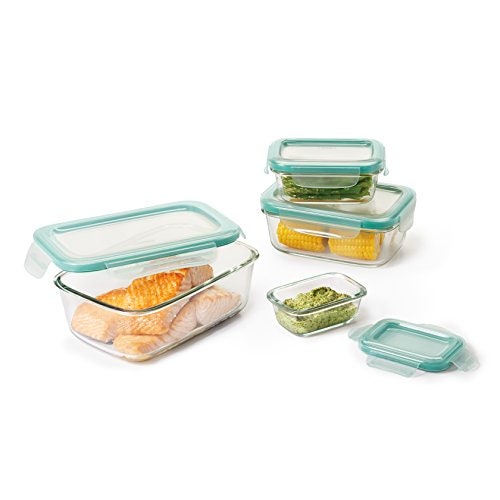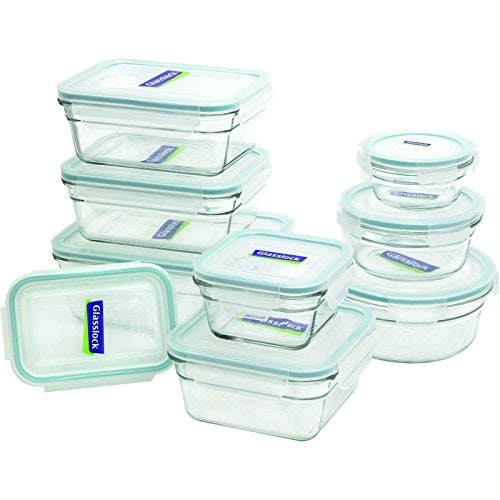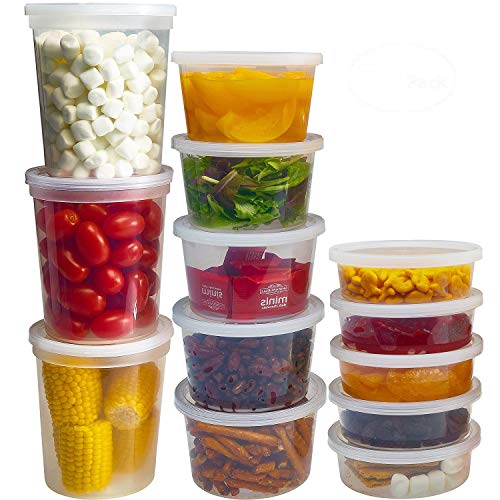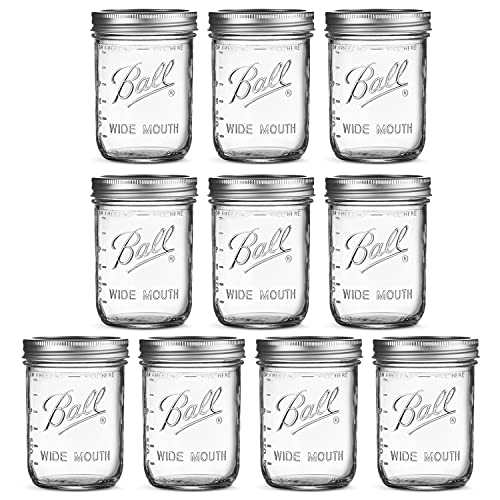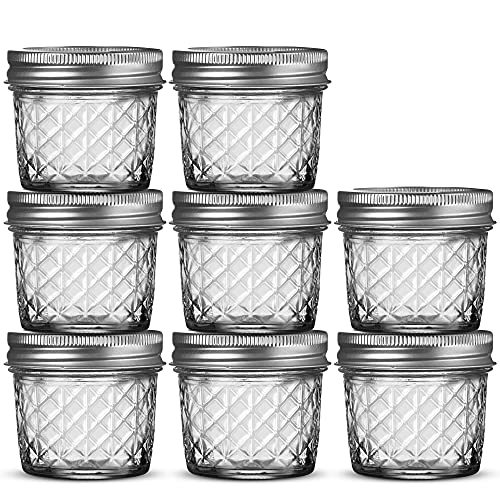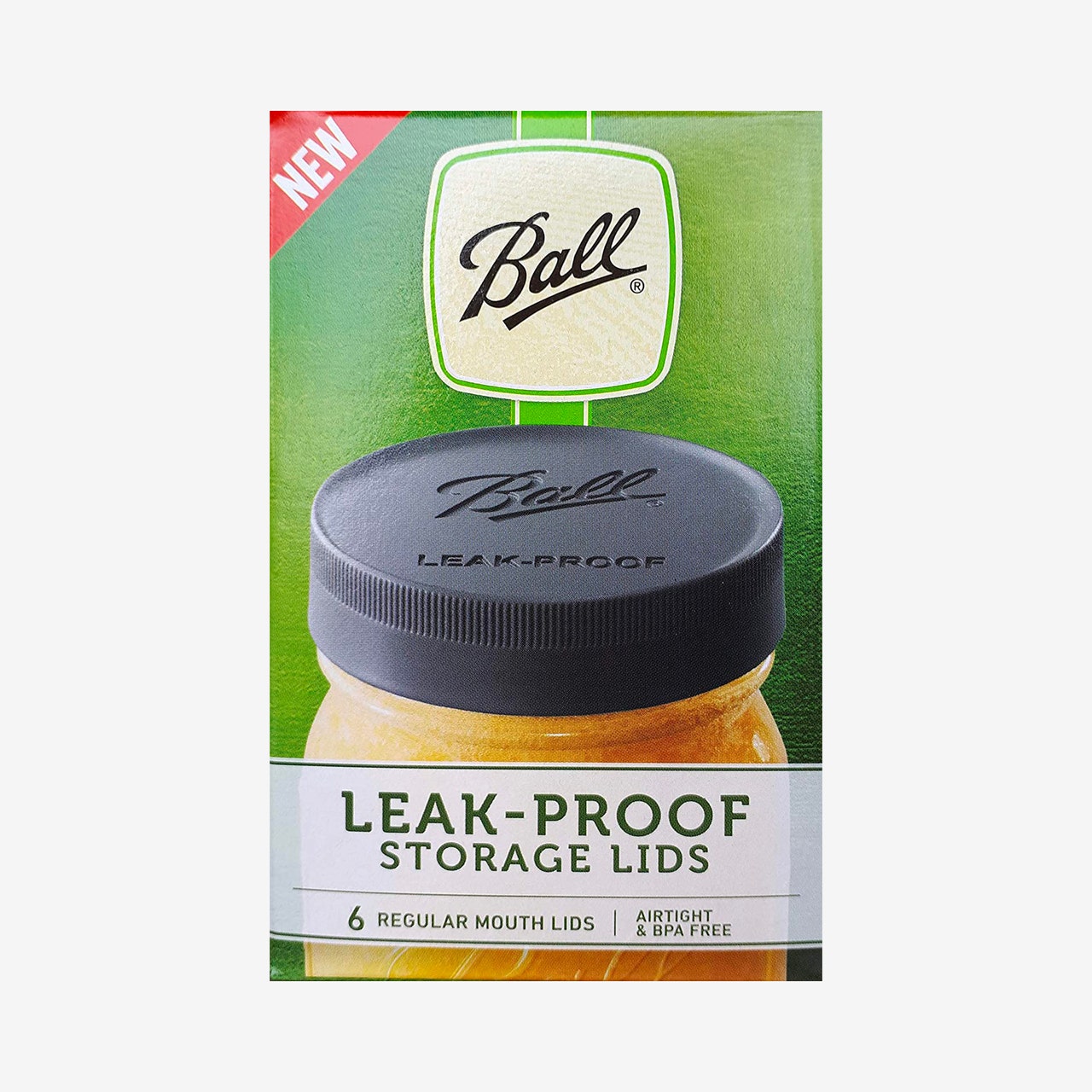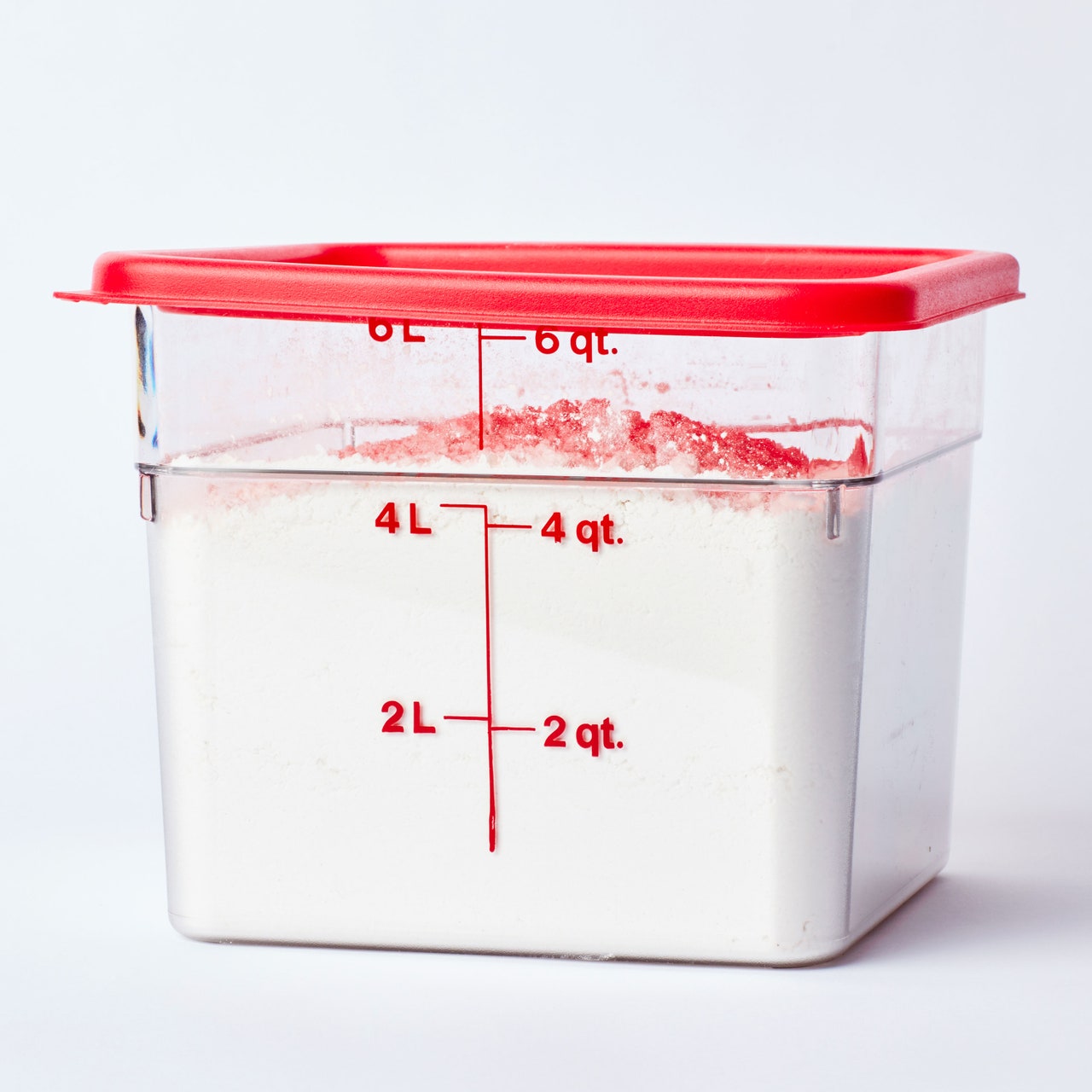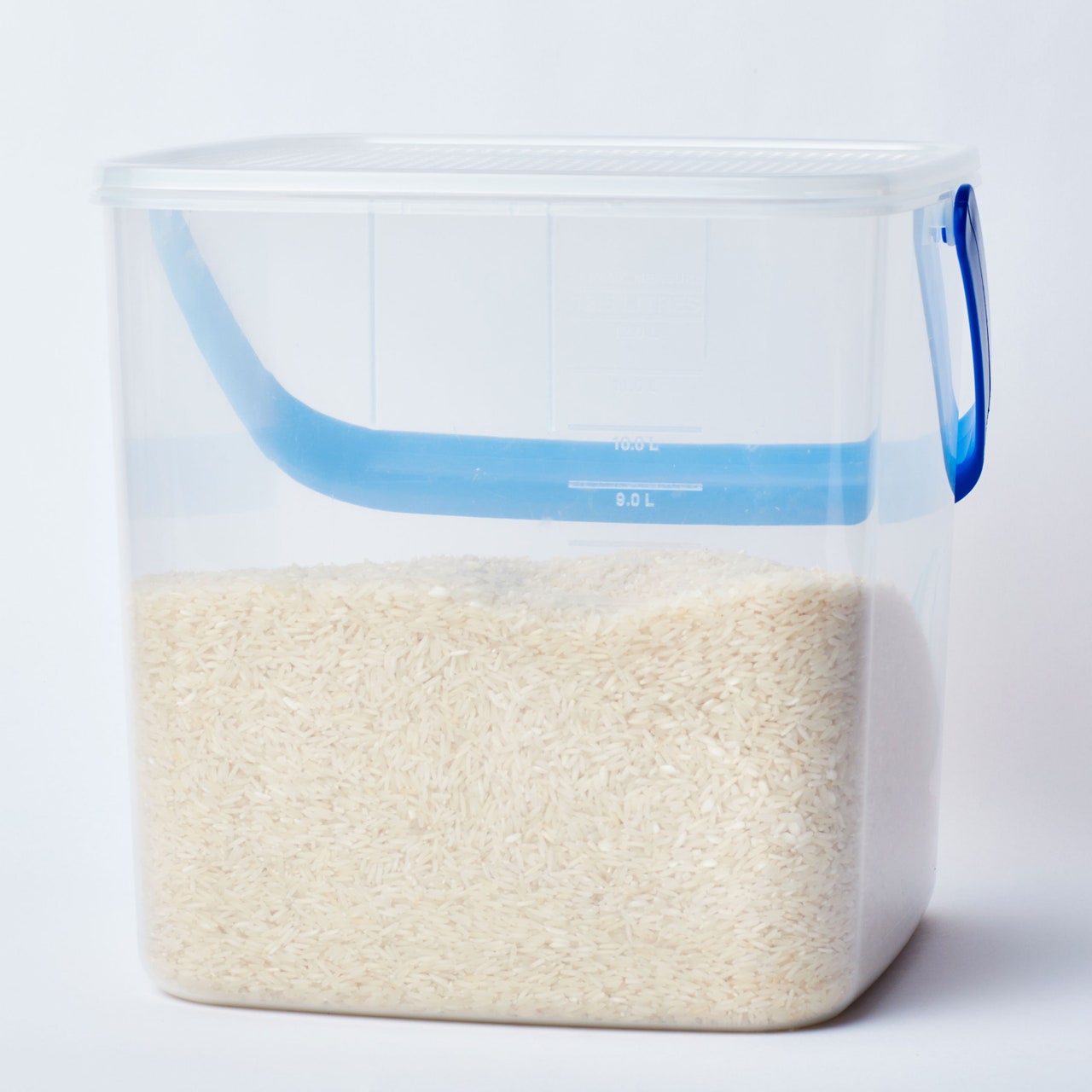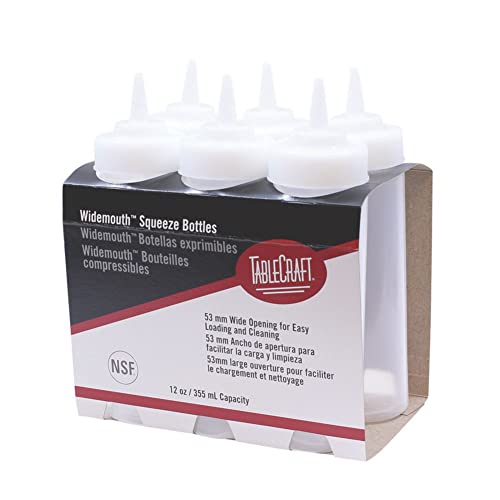
Just like there’s the perfect cup for every saucer and an ideal knife for every chef, there’s the best food storage container for every leftover, prepped lunch, and bulk item—because you can’t store a chicken carcass in a mason jar, and while you could keep soup in a single-use zippered sandwich bag, don’t. To find out the ideal vessels for storing every imaginable type of food, we sought out the wise advice of our test kitchen editors past and present, a group of people who know their way around leftover sauces, stews, and grains. Below are their favorite containers for repackaging food to keep it fresher, longer.
Real footage of your kitchen, before reading our advice.
For meat, fish, and pasta: glass containers
Typical weeknight dinner situation: You made too much pasta with red sauce (on purpose) and you’re meting out the leftovers for tomorrow’s lunch. Skip the plastic containers and go with glass ones. You need a nonporous material that won’t turn a faint shade of red post-tomato sauce and an airtight seal so nothing leaks. Former senior food editor Anna Stockwell recommends the Oxo Good Grips Smart Seal glass food storage set because of its tight locking lids and silicone gaskets: “They seal really well, are freezer-safe, and easy to clean. Plus, they’re made of oven-safe borosilicate glass,” which makes reheating leftover lasagna that much easier. Food director Chris Morocco is also team glass “for frankly any food,” but he’s loyal to GlassLock containers which come in a range of sizes and have strong snap-on latches.
For freezing soups and stocks: plastic deli containers
In our humble opinion, some of the best food storage containers with lids—or at least the best plastic ones—are practically free. “I use deli containers recycled from Indian food delivery, pickles from Russ & Daughters, and leftovers from the test kitchen,” says former food director Carla Lalli Music. They’re cheap, reliable, and standard in many restaurant kitchens for good reason. They’re stackable and, best of all, the same lid fits quart, pint, and half-pint containers alike. If you don’t order enough takeout to accumulate a proper stash, a set of 44 containers will run you $24.
Although whether plastic containers are microwave and dishwasher safe is a matter of debate (we recommend hand-washing, but if you’re going to toss them into the dishwasher, at least use the top rack), we love them for freezing; the quart size is perfect for storing big batches of stock in portions that are convenient for most recipes. We like to label ours with the contents and date using masking tape and a Sharpie.
For maximizing refrigerator space: square deli containers
Our test kitchen staff may be hopelessly devoted to standard deli containers for their convenience, price, and stacking capabilities, but there’s one thing we can’t ignore: Their cylindrical shape wastes a lot of space on refrigerator shelves. Square plastic food storage containers, on the other hand, can be packed into fridges, freezers, and pantries in a more snug fashion. It’s simple geometry! Senior editor Sarah Jampel loves these space-saving, BPA-free plastic square containers with leakproof lids. “They have all the benefits of cylindrical deli containers—lightweight, affordable but not disposable—and they also nestle into my shelves like puzzle pieces,” she says. They come in sets of 20, which makes them amazing meal prep containers.
For dressings, grains, and sauces: glass jars
A food storage container set that doubles as a set of drinking glasses? Count us in. “I have a jar hoarding problem and save most coconut oil/ghee/peanut butter/jam jars for storing salad dressings and uncooked rice,” says Lalli Music. Wide-mouth canisters are great for grains while smaller half-cup containers will do just fine for sauces and dressings.
Stockwell replaces the two-part canning lid on Mason jars with these plastic tops, which are easier to clean and make it less likely that your vinaigrette will leak all over your lunch box.
For sandwiches, snacks, and doughs: reusable food storage bags
These eco-friendly Zip Top bags helped Jampel kick her longtime habit of cleaning, drying, and reusing plastic zipper storage bags. Made with a thick-but-flexible silicone and equipped with flat bottoms, Zip Top bags are durable, leakproof, and can stand upright without flopping over. Use them for anything you’d typically use a plastic bag for: freezing fruits and veggies, decanting almost-empty pasta boxes, or even holding liquids.
Recipe production assistant Mehreen Karim is a fan of these reusable Stasher bags, which have a super tight seal. She uses them for everything from packing sandwiches to saving cookie dough. Both Zip Top and Stasher bags come in a variety of sizes and are dishwasher-safe, microwave-safe, freezer-safe—but most importantly, they make great sustainable alternatives to single-use plastic bags.
For bulk storage: large plastic airtight containers
An extreme baking hobby becomes a lot more convenient when you’ve got an 8-quart Cambro container full of flour on deck. Senior staff writer Alex Beggs keeps one on her countertop for her 10-pound bag of King Arthur’s all-purpose flour—and since they come in a number of different sizes, she stacks a 6-quart Cambro filled with granulated sugar right on top.
These containers also work wonders for storing bulk portions of other dry goods like lentils, beans, and grains. If you’re one to buy 20–25-pound bags of rice, Beggs recommends this 13.21-quart Tellfresh airtight container, which has a hefty handle.
For cooking oils: plastic squeeze bottles
Stocking up on a giant tin of Frantoia olive oil is a great investment, but it’s almost impossible to pour a tablespoon straight from its container. You could transfer the oil to a fancy cruet, but a humble squeeze bottle is your best bet for everyday cooking. The flexible plastic is clear, which could potentially make the olive oil go rancid more quickly, but if you’re cooking with olive oil a couple times a day you’ll go through the bottle faster than you think.
This story was originally published in 2017 and was updated by Tiffany Hopkins in 2022.

